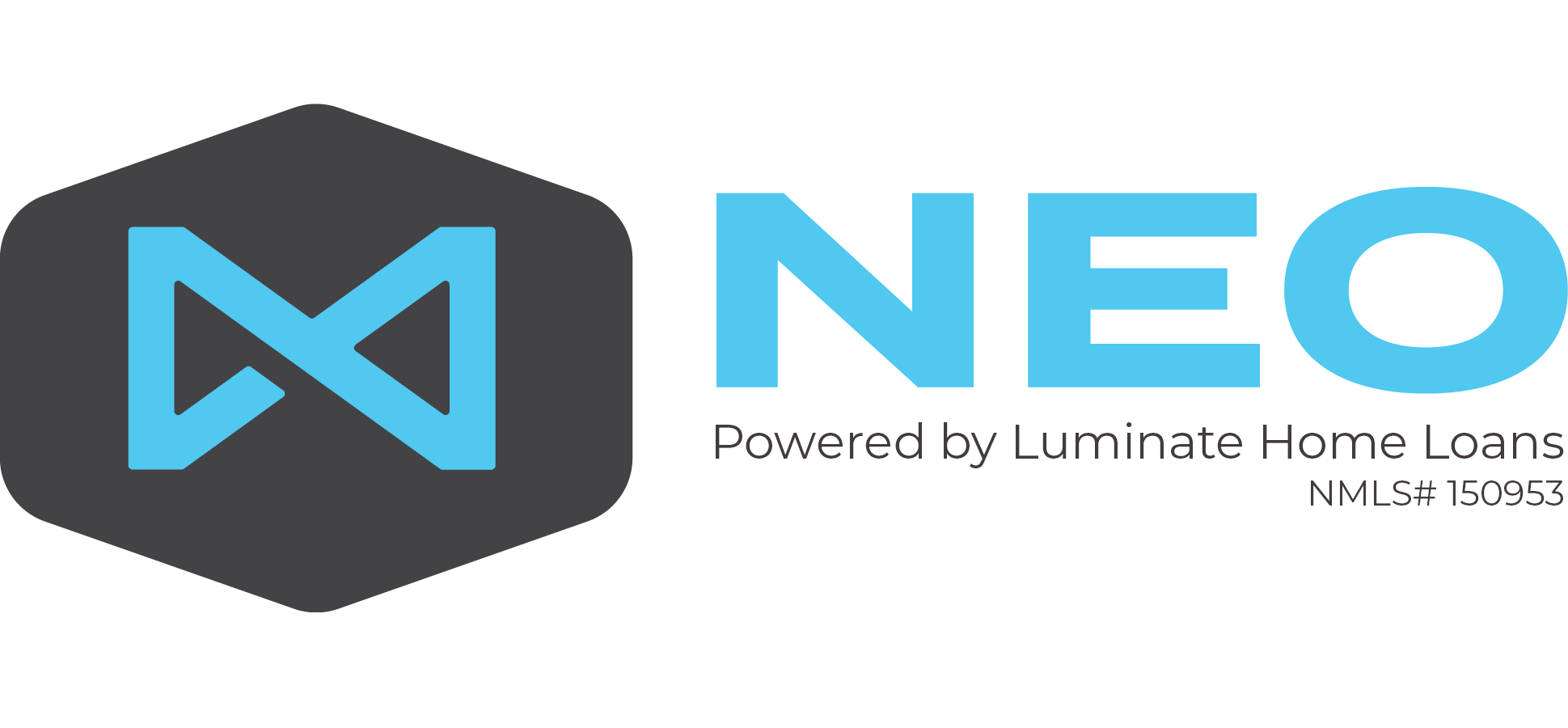I previously provided the 12 Mortgage Terms You Should Know. It was not an exhaustive list which is why I have put together ten more that I think you need to know when you are looking to get a mortgage.
Loan Officer
Loan Officers are the licensed mortgage professionals employed by a mortgage company to assess your initial qualifications and provide potential solutions to your mortgage financing needs. Loan Officers must be licensed or registered through the State they do business with and through the Nationwide Multistate Licensing System (NMLS). The Loan Officer is likely your first contact when looking into obtaining a mortgage and will assist you with the initial steps of pre-qualification and pre-approval.
Processor
Processors, unlike loan officers, do not normally require a license. Processors are employed by the mortgage company to complete all the necessary verifications necessary to obtain loan approval. Processors will verify your employment, income, assets, and anything else that may be required by underwriting to meet the guidelines of your mortgage. Processors typically work closely with your loan officer as you likely provided many of the documents needed for underwriting to your loan officer during the pre-approval process.
Underwriter
Underwriters main responsibility is to ensure that your qualifications meet the rules and requirements for the loan you applied for. Although they are provided some level of discretion most of the decisions made by underwriters are made for them through the extensive guidelines provided by the entities the offer the mortgage products, mortgage insurance companies or the mortgage companies they work for.
Appraisal
Appraisals are obtained by mortgage companies to assess their collateral. The collateral is your house. They are going to retain rights to your home until you pay off your mortgage just in case you decide not to pay. If that were to occur they would have the right to take over ownership of your home, sell it and retain any funds from the sale to repay the mortgage debt and any additional expenses. The appraisal, although paid for by you, is for the benefit of the mortgage company. They need to make sure that they have enough value in the home to offer you the mortgage financing you are srequesting.
Occupancy
Occupancy refers to how you will be occupying the home. Will the home be a primary residence where you reside most of the time? Or maybe a vacation home that you visit every so often. Or it could be a property you intend to own for the purpose of renting it to others. Depending upon how you intend to use the home the occupancy status changes and there are different rules that must be met based on the occupancy of the home. Primary Residences are considered the least risk, followed by second homes and then investment properties. As you can imagine, the higher the risk means more rules and, potentially, higher interest rates.
Refinance
The term refinance, I think, is understood by most, but sometimes the simplest of terms can be a bit misunderstood. Refinancing simple means you are redoing the financing of the home. So, when you complete a mortgage refinance transaction you are starting over with a new mortgage by paying off the existing mortgage and replacing it with the new one. This means you will have a new mortgage term, a new rate, and new rules and guidelines that have to be met.
Fixed Rate Mortgage
Again, the term Fixed Rate Mortgage is probably pretty straightforward but I have written about this before because it can be a bit confusing at times. Fixed Rate Mortgages are just that – a mortgage with a fixed rate. Not to be confused with a fixed payment. When you have a fixed rate mortgage your interest rate will remain fixed for the entire term of the mortgage yet your payment may fluctuate based on your taxes, insurance, mortgage insurance and HOA.
Adjustable Rate Mortgage
Adjustable Rate Mortgages are often referred to as ARMs. ARMs are mortgages where the rate may change throughout the life of the loan. There are many different ways to structure an ARM. For example, you may have an introductory period, maybe one to ten years, where the rate is fixed and then starts to adjust. Sometimes the rates may adjust monthly, every six months or every year. There are different caps on how much your interest rate can adjust each adjustment period and over the life of the loan. Lastly, the market the rates are tied to can also vary. ARMs are complex loan programs that you must understand fully if you are obtaining one.
Loan Estimate
Maybe you have heard of a Good Faith Estimate or GFE. Well, the Loan Estimate is the new version of the GFE effective Oct 3, 2015. The form provides you with important information, including the estimated interest rate, monthly payment, and total closing costs for the loan. The Loan Estimate also gives you information about the estimated costs of taxes and insurance, and how the interest rate and payments may change in the future. In addition, the form indicates if the loan has special features that you will want to be aware of, like penalties for paying off the loan early (a prepayment penalty) or increases to the mortgage loan balance even if payments are made on time (negative amortization). If your loan has a negative amortization feature, it appears in the description of the loan product.
Closing Disclosure
Have you heard of a HUD 1 Settlement Statement. Just the the GFE, it was replaced. The new form is called the Closing Disclosure. The Closing Disclosure is, basically, the final Loan Estimate. A Closing Disclosure is a five-page form that provides final details about the mortgage loan you have selected. It includes the loan terms, your projected monthly payments, and how much you will pay in fees and other costs to get your mortgage (closing costs).




Pingback: VA Cash-Out Refinance - The Wynn Team at Citywide Home Loans
Pingback: I Feel Your Pain - Stress of Mortgage Process - Wynn & Eagan Team at Citywide Home Loans